A powerful lesson
Nowadays almost everyone is obsessed with stats and figures . For many there is no such thing anymore as going out training on the bike . There has to be a programme and corresponding figures .
Heart rate used to be the main determination of training intensity and performance but now it has been overtaken by power and watts as power measurement devices have become more affordable and accessible .
Figures have become all important , Vo2 max , threshold , 10 second wattage now mean much more than the old ‘ my legs feel good today’ and performances have improved as training time has become more efficient .
This is a good thing but must always be kept in perspective . When responding to , or attacking in a race , the worst thing a rider can do is to look down at their screen to glance at their figures . Riders seeing a number which is close to their ‘max’ take these figures on board and gaps open up , in the wrong direction . Your max on the day of a test may not be your absolute max in race conditions two months later .
2 riders not obsessed with figures are Mark Cavendish and Sean Kelly .
When Cav was working under the BCF system the head coach Simon Jones was unimpressed with the young rider who was not achieving the desired figures . In tests Cav was not putting out good enough wattage numbers so on paper he was not going to achieve much . He has proven those tests wrong in the biggest possible way .
These tests are not a new phenomenon . Back in the late eighties teams had begun testing their riders and analysing the figures . Sean Kelly was at the height of his career and winning more of the biggest races than any of his contemporaries . He was the greatest cyclist in the World at the time and during one test session the coaches were perplexed . They asked how he could be winning so much when his figures did not correspond to such results . Kelly sat back and said ‘ that machine measures power , heart rate , Vo2 max and all that , but what it doesn’t measure is how much pain you can suffer ‘ . Their question was answered !!!
Barry
www.worldwidecycles.com



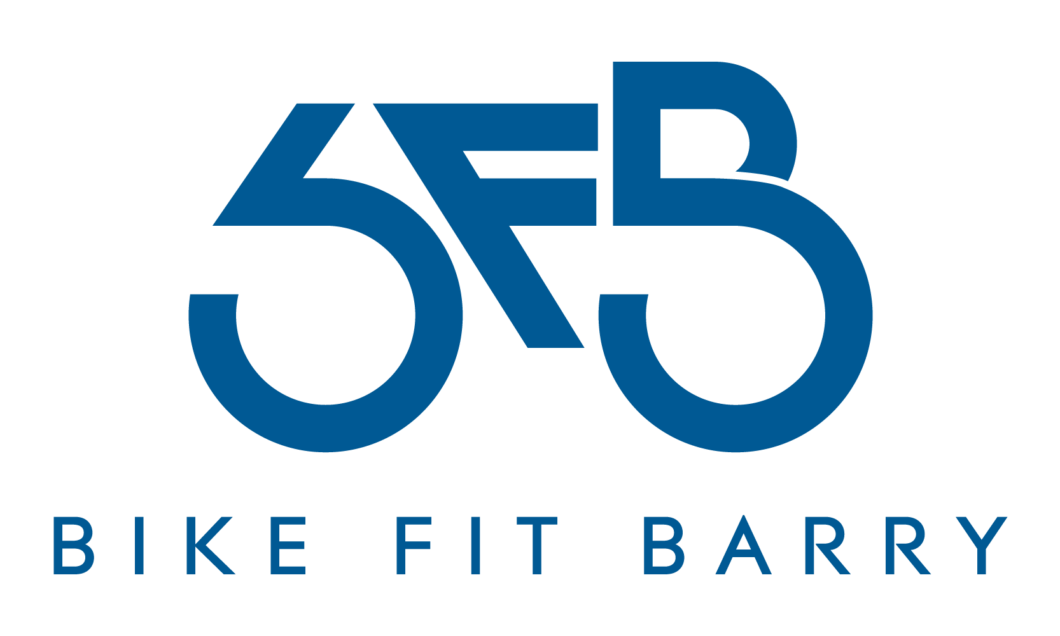
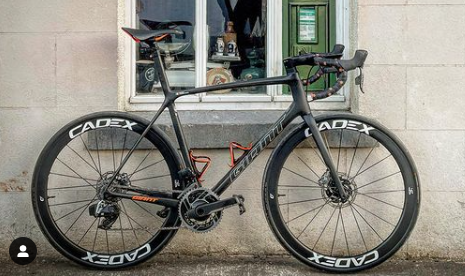

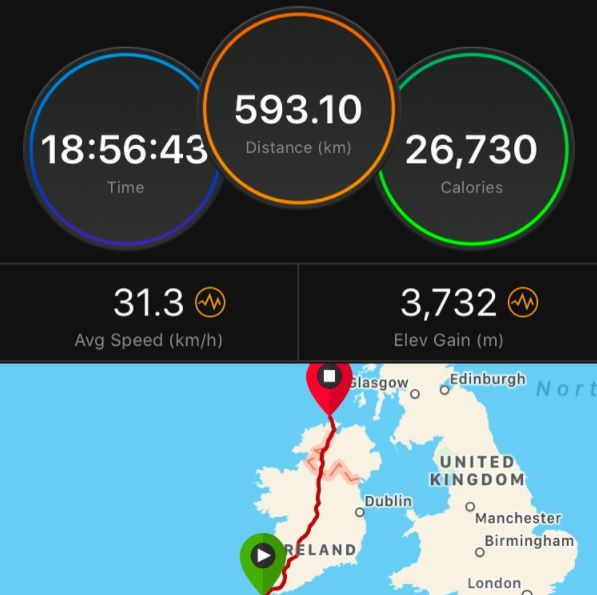
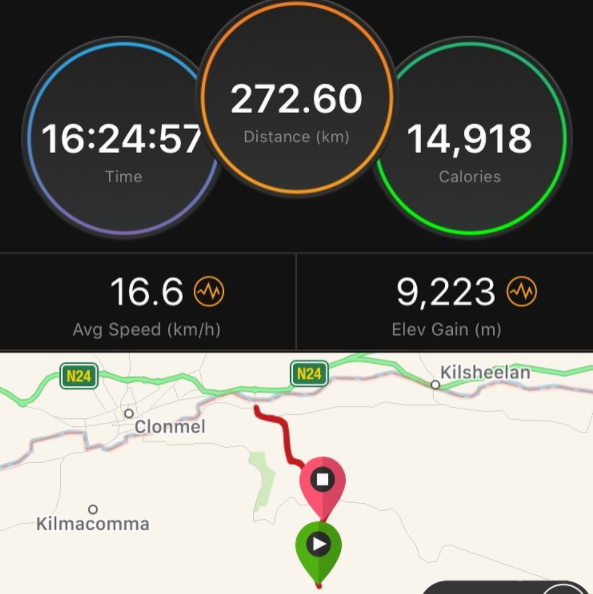
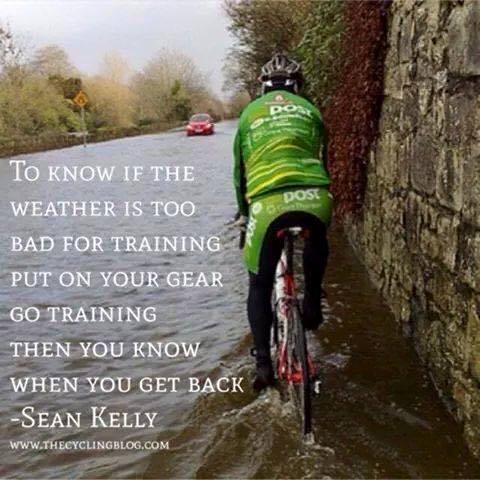
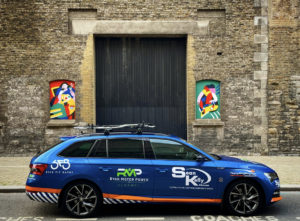
6 COMMENTS
Pingback
The Accidental Survivor
NIce piece and right on the money. I’m training to particpate in a 60+ pursuit team in this summer’s California state championships, and I’ve been dropped on a number of exercises recently because I felt I was at my absolute limit. When I reviewed my heart rate data, however, I found I wasn’t really working that hard. I believe I fall prey to exactly the psychological pitfall described in this article. Maybe I should just slip that HR monitor into my back pocket where it won’t influence my effort during training.
Ryan
Personally, I love all the data. I collect the HR and Power stuff, but – I don’t have any on it on display when I race. I show time, distance and average speed. While racing, everything else is not important.
After the race, being able to look at the data and figure out what went right/wrong is great – what would you have needed to do to not get dropped, make the winning move etc… Can be fed back into training.
TTs are a bit of a different story though. Say for hill climbs, if it is long enough (more than 5 minutes), I use it to make sure I don’t go too overboard at the start when I’m fresh.
Great post – on the money.
jake22
i don’t focus on that at all
I don’t carry any sort of tech with me when i race, perhaps I better change that habit.
could be beneficial to have this sort of information
Alan McKenzie
i have a garmin 705.. much prefer to collect stats than ride by them… experienced cyclists knows how he/she feels in race mode.. and this is miles away from training rides.. enjoy cycling, don’t let stats or targets get in the way.. it can lead to overtraining, injury and quitting the sport.
i learnt this from marathon training.. now if i run it is for pleasure not to a schedule, timetable or target.
Pingback